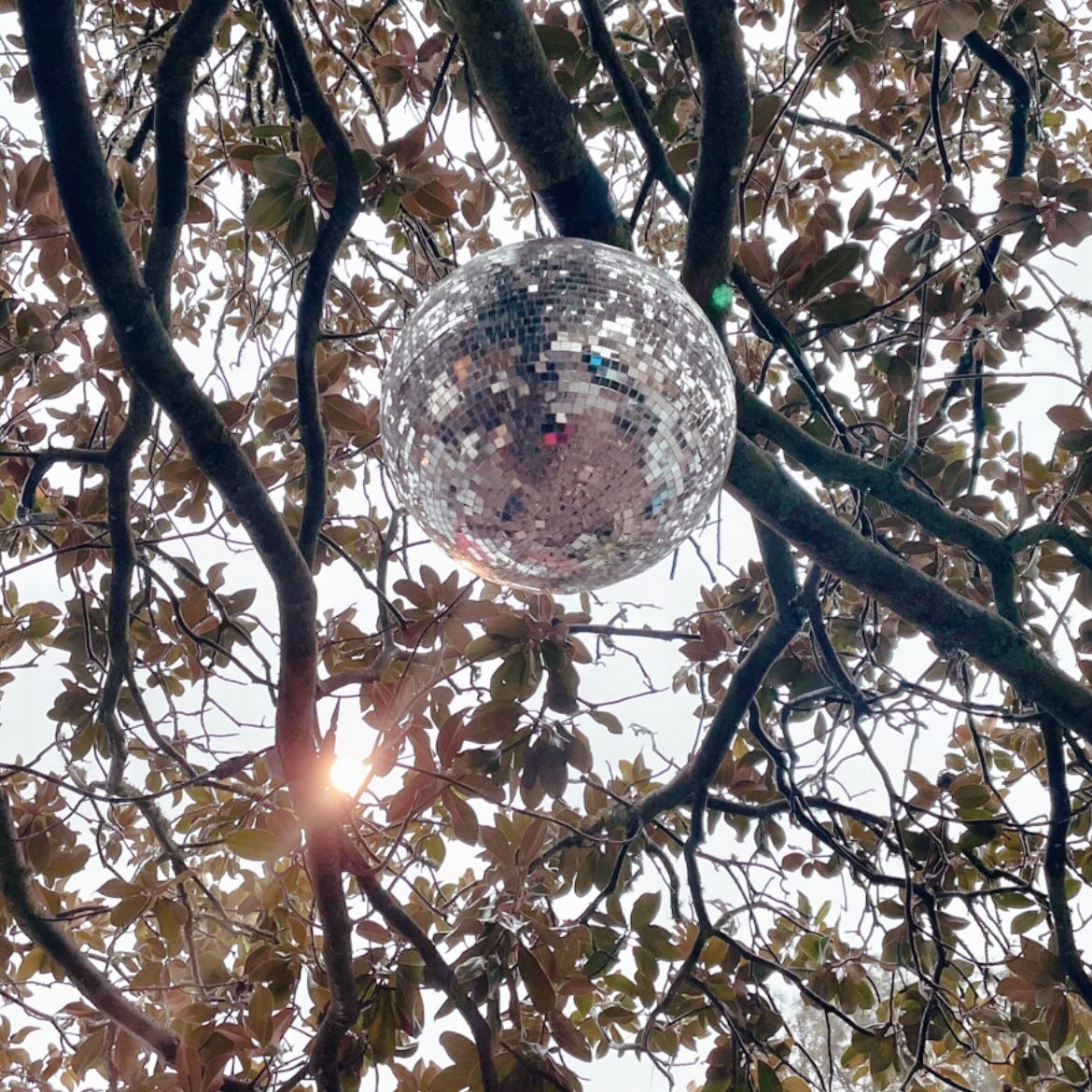Can Lebanese Wine Win Over the Youth?
Over the years, the U.S. wine industry has repeatedly failed to attract Millennials and Gen Z. What can Lebanese winemakers do about that?
Before Silicon Valley Bank collapsed1, Rob McMillan was producing an annual report on the state of the U.S. wine industry based on data collected through the bank’s wine division. I flipped through the 102-page 2023 report and this is the main headwind I’ll be addressing as everyone else has but as a Lebanese-American wine person:
“Consumers younger than …




